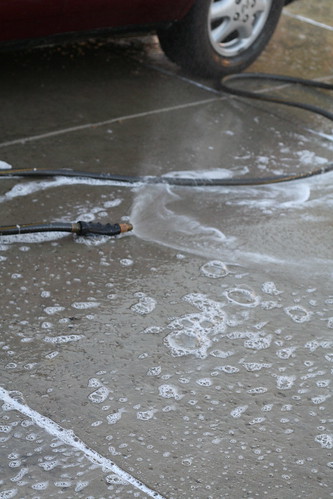As we hit the half way mark of the third drought year in California, the future of our water supply has become the topic de jure in the Bay Area.
Governor Arnold Schwarzenegger has asked all California residents to reduce their water consumption 20 percent by 2020. The Heuer-Wells household is trying to do our part by limiting how long our showers are. We run the washing machine (and dishwasher) only when there are full loads. We have let our amazing backyard turn into a sea of brown.
We are making changes in our daily life to help, and judging by our water bill, we are making an impact, small albeit, but an impact nonetheless.
Then I come across several articles recently that discuss the role of meters in water conservation, and learn there are several cities in California, our State Capitol (Sacramento) being one of them, where water can’t be rationed because houses don’t have water meters.
Some facts around water metering in California:
* All homes built after 1992 are required to have meters.
* Cities that receive federal water supplies must install meters by 2013.
* All California cities must be metered by 2025.
Sacramento is working to have water meters installed in every house by the year 2025, but in the mean time (15 years), residents are simply charged a flat rate for any amount of water they use. WTF!!??
Fresno is another city without water meters. Residents are using on average, just under 290 gallons of water per person per day. That’s more than Las Vegas, which is close to 250. The U.S. average, according to the United States Geological Survey, is 100 gallons a day. Fresno and Las Vegas residents are using 2.5+ times more water than residents in San Francisco – draining our reservoirs while enjoying their green grass – yet San Francisco residents are the ones on water rationing. This frosts my ass. Completely.
All I can hope is more cities will call for various forms of water rations. We all need to do our part. We all need to be conscious of what is happening in other cities. We need to come together and make sacrifices to ensure we do not delete the resources at hand.

